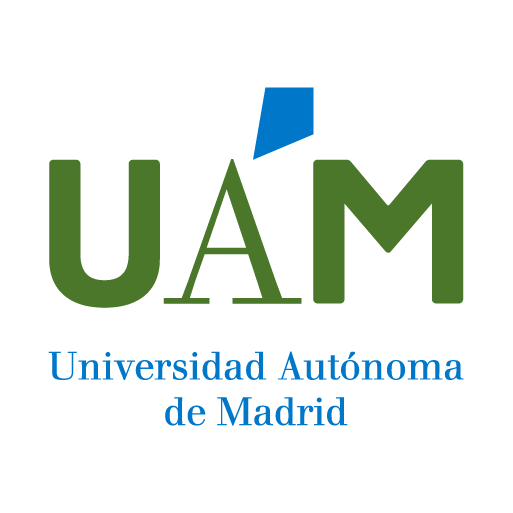
Indexado en
Licencia y uso
Citaciones
Grant support
This work was supported by Spanish Ministry of Science and Innovation [SAF2017-84267-R, PDC2021-121455-I00] , Xunta de Galicia [Conselleria de Educacion: IN607A2022-03] , Axencia Galega para a Xestion do Conecemento en Sande [SA304D-PRIS-T-2024/03], Instituto de Salud Carlos III (ISCIII) Co-financed by the European Union [PI21/01256; PI24/00813], Spanish Research Network on Cerebrovascular Diseases RETICS-INVICTUS PLUS [RD16/0019/0001] , RICORS-ICTUS (Cerebrovascular diseases) RD21/0006/0003. Ramon Iglesias-Rey [CP22/00061] from the Miguel Servet Program of Instituto de Salud Carlos III and Co-financed by the EU. Clara Correa-Paz [CD23/00,005] from the Sara Borrell contract. Daniel Romaus-Sanjurjo [101066444] from the European Union's Horizon 2020 research and innovation program under the Marie Sklodowska-Curie grant Program. Sponsors did not participate in the study design, collection, analysis, or inter-pretation of the data, or in writing the report.
Impacto en los Objetivos de Desarrollo Sostenible (ODS)

Análisis de autorías institucional
Blood-brain barrier leakage in renovascular hypertensive rats: A quantitative MRI analysis
Publicado en:NEUROIMAGE 315 (): 121283- - 2025-07-15 315(), DOI: 10.1016/j.neuroimage.2025.121283
Autores: Alonso-Alonso, Maria Luz; Sampedro-Viana, Ana; Fernandez-Bueno, Ivan; Perez-Mato, Maria; Correa-Paz, Clara; Perez-Gayol, Lara; Romaus-Sanjurjo, Daniel; Ouro, Alberto; Blanco-Santero, Javier; Oblitas, Crhistian-Mario; Castillo, Jose; Hervella, Pablo; Iglesias-Rey, Ramon
Afiliaciones
Resumen
Hypertension is a modifiable risk factor for cerebral small vessel disease (cSVD) which leads to blood-brain barrier (BBB) dysfunction. This study used gadolinium-enhanced MRI T-1 and T-2 in stroke-prone renovascular hypertensive rats (RHRSP) to quantify BBB leakage and brain lesions. Serum inflammation and endothelial disruption biomarkers were assessed. Brain aquaporin 4 (AQ4) and retinal morphology were evaluated by histology. RHRSP showed higher systolic blood pressure from the first post-surgical week (134.1 +/- 16.6 vs 113.5 +/- 11.4 mmHg; p = 0.041). Gadolinium extravasation was increased in the whole brain of RHRSP (p < 0.05), observing cerebral lesions in 50 % of them. Regarding biomarkers, TNF-alpha was increased (13.5 +/- 2.2 vs 11.1 +/- 3.5 pg/ml, p = 0.031) while soluble tumor necrosis factor-like weak inducer of apoptosis (sTWEAK) was lower (14.5 +/- 2.2 vs 18.9 +/- 2.5 pg/ml, p < 0.001) in the acute hypertension phase. AQ4 was increased in the RHRSP brain (1.6 +/- 0.7 vs 1.0 +/- 0.2 NFU; p = 0.001). Both retinal nuclear layers were reduced in RHRSP (p < 0.05). Gadolinium-enhanced MRI allows the detection of BBB leakage during the establishment of RHRSP. BBB dysfunction is consistent with increased AQ4 and decreased sTWEAK release. Therefore, this animal model is useful for testing potential treatments at cSVD initial stages.